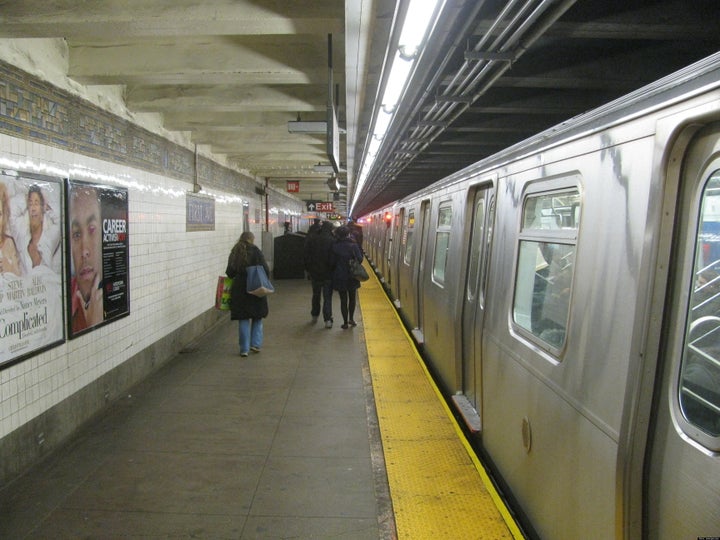
When gas prices last spiked, in late 2008, I was hurting. At the time, I had a half-hour drive to work every day -- no way around it. And so, as gas prices went up past $3, topping out close to $4, I was paying out hundreds of dollars I hadn't planned to spend -- just like millions of other Americans.
Today? Gas prices are up again, but this time around, I'm lucky. Living in Somerville, Massachusetts, and working in Boston, I ride fast, convenient mass transit to work every day -- meaning I'm insulated from a price spike that would be killing my budget. If more Americans had the choice I do, we'd be better equipped to ride out gas price spikes as a nation.
On a personal level, it's clear that alternatives to driving are the best way to ride out a gas price spike, if you have the choice to use them. What often gets lost in the national conversation is that the best -- and perhaps only -- way for the whole country to weather a rise in gas prices is to use more alternative transportation, by extending more transportation options to more people.
Right now, our infrastructure is built around automobiles as a primary -- if not exclusive -- mode of transportation. One critical result of that is that people have limited ability to drive less when prices spike. In fact, researchers have found that our ability to respond to gas price increases has diminished over time -- dropping by 50 to 90 percent between the late 1970s and early 2000s. There are a number of reasons for that shift, but one of the most important is that, more and more, we live in places where we need our cars to get around. When gas prices rise, we pay more; we don't have much choice.
As a result, gas price increases are incredibly costly for our economy, and for individual families. Today, the price of gas is $1/gallon higher than it was last year. Over the course of a year, a one dollar hike in the price of gas costs American consumers $71 billion at the pump.That's $436 per American.
We can't control the price of gas. Demand is rising fast in places like China, and American oil production is decades past its peak, no matter what we do. What we can control is how vulnerable we are to it. Investing a fraction of the $71 billion we could lose on higher gas prices this year in alternative transportation -- better mass transit in our cities, better railways to connect them -- would put us on the road to real fuel security -- the ability to react to higher gas prices not by paying more, but by using less.